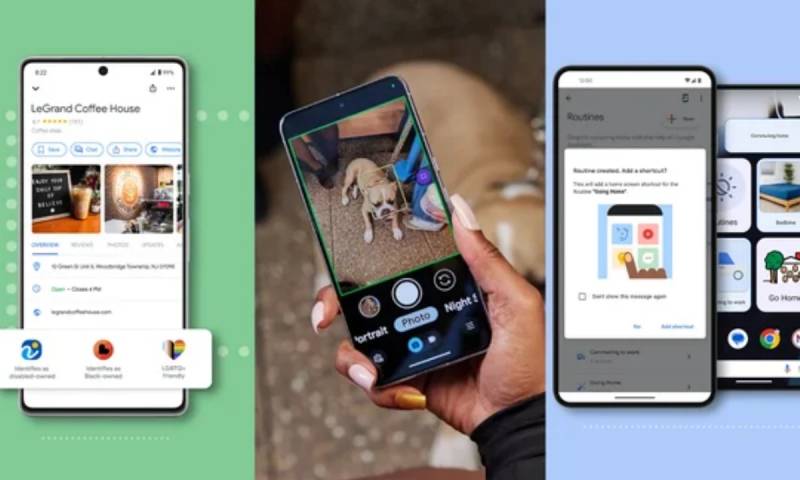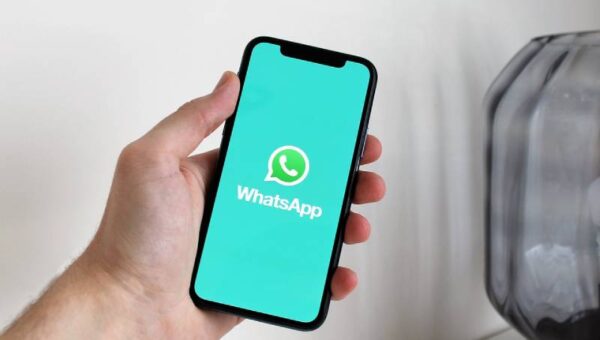Google has unveiled a series of accessibility updates for Maps, Search, and Assistant, along with expanded availability of certain camera-based features on Pixel devices. A significant focus of these updates is on enhancing wheelchair accessibility. Users on iOS and Android can now request stair-free walking routes on Maps, a feature that benefits travelers with luggage or strollers. This globally available feature is accessible as long as Google has sufficient data for the region.
If you have the wheelchair-accessible option enabled in your transit preferences, it will automatically apply to walking routes. Otherwise, you can access stair-free directions when requesting a walking route by tapping the three dots at the top of the screen and enabling the “wheelchair-accessible” option.
Wheelchair-accessible information will also be incorporated into other Google products, such as Maps for Android Auto and vehicles with Google integrated. When searching for a place, a wheelchair icon will appear if the location offers a step-free entrance, accessible restrooms, parking, or seating.
Additionally, Google aims to make it easier to find and support businesses owned by individuals with disabilities. If a business identifies itself as “disabled-owned,” this information will be displayed in Maps and Search listings, similar to other labels for Asian-owned, Black-owned, Latino-owned, LGBTQ+ owned, veteran-owned, and women-owned businesses.
Google is also introducing screen reader capabilities in Lens in Maps (formerly called Search with Live View). This augmented reality tool helps users locate ATMs, restrooms, and restaurants by using the smartphone’s camera. When the screen reader is enabled, users will receive auditory feedback about places around them, including the name and category of the place and its proximity. This feature, designed for the visually impaired and those with low vision, will be available on iOS and later this year on Android.
For Pixel devices, the Magnifier app uses the camera to zoom in on distant real-world details or make text on menus and documents more readable through color filters, brightness, and contrast settings. The app is available for Pixel 5 and newer devices, excluding the Pixel Fold.
Google is also expanding the capabilities of Guided Frame, available on Pixel 8 and Pixel 8 Pro. This feature recognizes pets, dishes, and documents, in addition to faces, to assist people who are blind or have low vision in capturing high-quality photos. The Guided Frame update will come to Pixel 6 and Pixel 7 devices later this year.
Furthermore, Google is introducing more customizable Assistant Routines, allowing users to add a Routine to their home screen as a shortcut, customize its size, and personalize it with their own images. This customization is particularly beneficial for individuals with cognitive differences and disabilities.
Lastly, Google has brought the feature to detect typos and suggest websites to the desktop Chrome address bar to Chrome on iOS and Android. This feature aims to assist people with dyslexia, language learners, and those prone to typos in finding what they are looking for.
Disclaimer: The views, suggestions, and opinions expressed here are the sole responsibility of the experts. No Sandiego Currents journalist was involved in the writing and production of this article.




